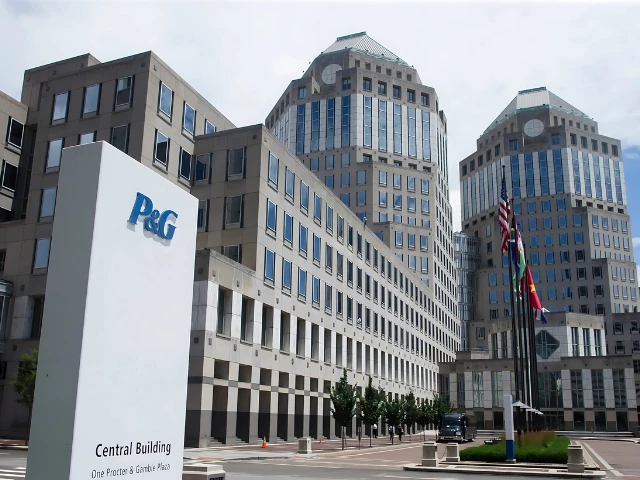P&G to cut 7,000 jobs globally due to tariff uncertainty
Procter & Gamble announces plans to cut 7,000 jobs over two years due to tariff impacts and consumer uncertainty

Procter & Gamble, the maker of household staples such as Tide detergent and Pampers diapers, announced plans to cut up to 7,000 jobs, or about 6% of its global workforce, over the next two years.
The move comes as the company faces mounting pressures from tariffs and uncertain consumer spending, which have affected its financial performance.
Speaking at the Deutsche Bank Consumer Conference in Paris on Thursday, Chief Financial Officer Andre Schulten outlined the restructuring plans, noting that the job cuts would primarily affect the company’s non-manufacturing workforce.
As per Reuters, job reductions represent approximately 15% of its current non-manufacturing staff.
Schulten said the restructuring is essential for Procter & Gamble’s long-term strategy, despite the short-term challenges it is currently facing.
“This restructuring program is an important step toward ensuring our ability to deliver our long-term algorithm over the coming two to three years,” Schulten explained.
Procter & Gamble, which employed roughly 108,000 people globally in June 2024, will also reduce its product portfolio, discontinuing some items in certain markets. Further details regarding these changes are expected in July.
The cuts are part of a wider effort by the company to navigate a challenging economic environment, with US consumers becoming more cautious due to rising inflation.
Consumer sentiment in the US dropped for the fifth consecutive month in May, according to the University of Michigan’s consumer sentiment index, which hit one of its lowest points in nearly 75 years.
P&G becomes the latest consumer giant to cut jobs, with 7,000 employees set to be fired: Brand divestments also a feature of what Procter & Gamble CFO Andre Schulten described as a restructuring program. https://t.co/Ty8US9BB6u ➡️Spotted for you
— News by Amanda (@amandasome) June 5, 2025
Procter & Gamble, like many companies, has also been impacted by US President Donald Trump’s tariff plan, which has raised costs on materials and finished products, particularly those sourced from China.
In April, the company noted that tariffs on raw materials such as wood pulp and packaging materials were hurting its profit margins.
The company is working on exploring new sourcing options and improving productivity to offset these increased costs, although price hikes may be unavoidable.
With inflation continuing to put a strain on household budgets, Procter & Gamble’s efforts to mitigate the effects of these tariffs are more crucial than ever.
The company’s decision to streamline its operations and reduce its workforce underscores the growing financial pressures facing major consumer goods companies.



















COMMENTS
Comments are moderated and generally will be posted if they are on-topic and not abusive.
For more information, please see our Comments FAQ